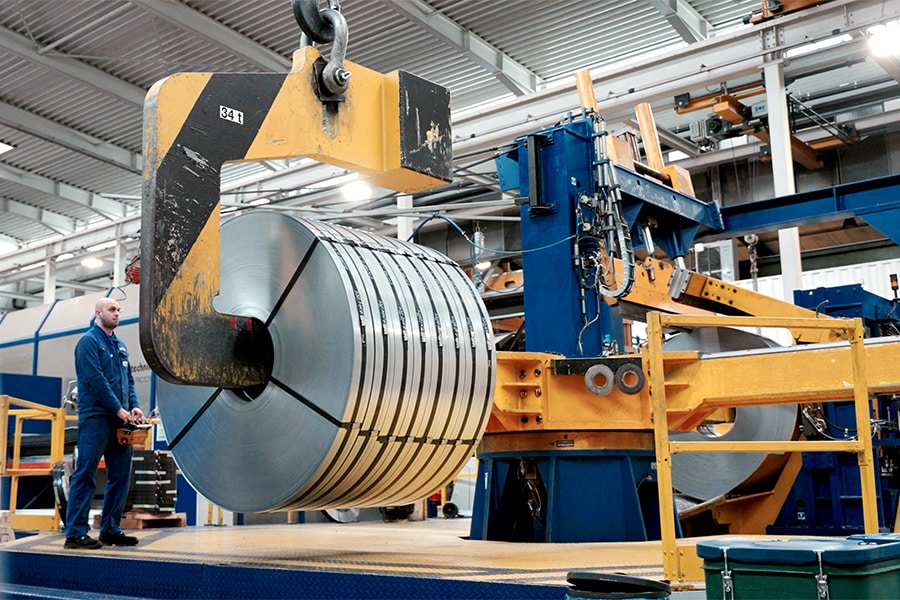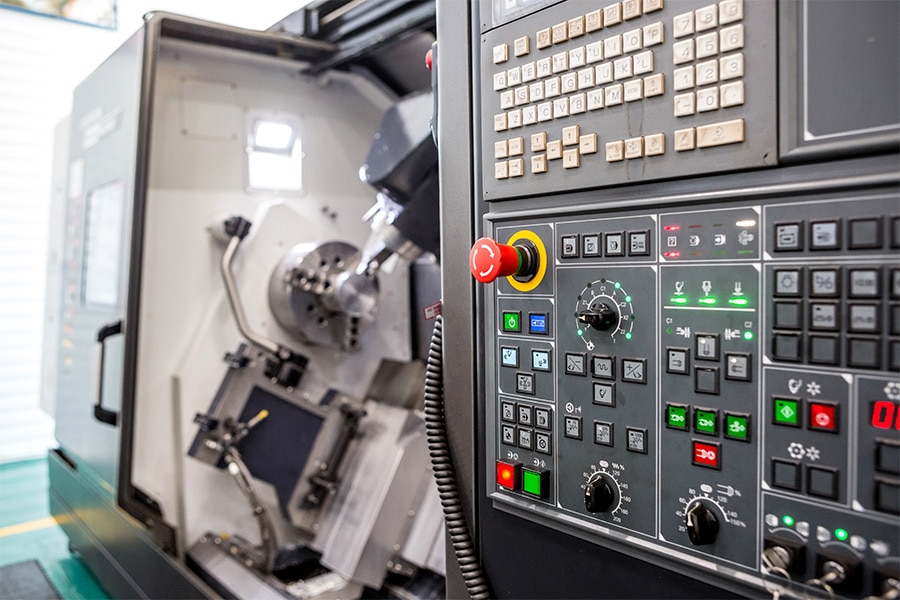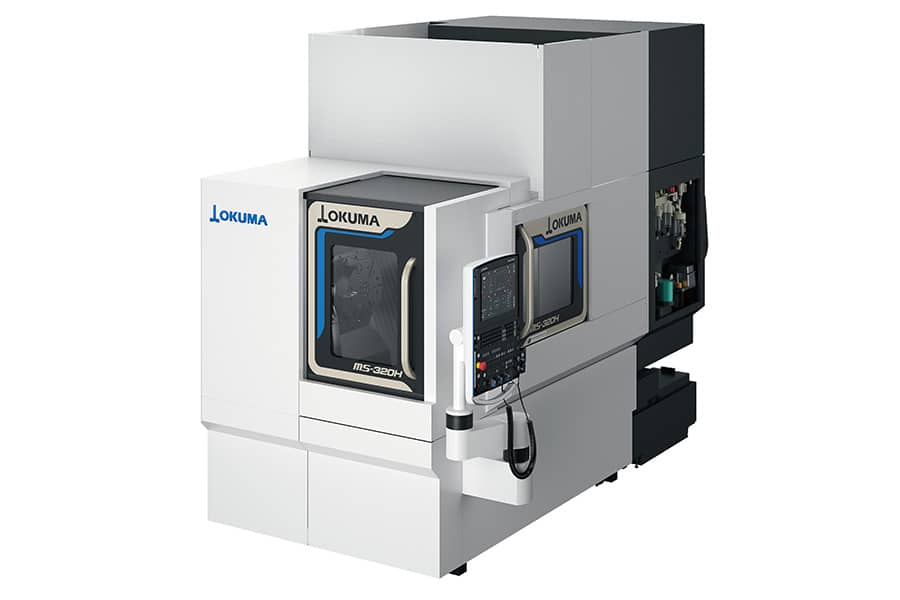
Smarter design with profiles thanks to tube laser
One of the fastest growing markets in metal processing is laser cutting of tubes and profiles. A process that offers manufacturing companies opportunities to make smarter constructions: sturdier and more aesthetically pleasing, because it can be done with a lot less welding, if any at all. An advantage, in these times when good welders have become white ravens. Fiber lasers have also taken the lion's share of the investment market. But equally important in this story are the developments in automation and software that bring these machines within reach of smaller companies as well.
Mechanical engineers are all too familiar with the advantages of using custom-cut tubes and profiles in frame construction. The many shapes that a laser can cut out of a profile or tube with milled precision allow you to start making innovative joints that fit seamlessly. They provide an excellent strength-to-weight ratio and, increasingly important today, aesthetic appearance. Many joints and assemblies are possible in which a tube or profile provide equivalent rigidity, strength and alignment. But how should product designers decide which is the best choice?

More complex organization
Until a few years ago, the advantages of using a tube laser often had to outweigh the disadvantages: the need for specialized tools and features and the larger inventory required. This led to a more complex logistical organization on the shop floor, especially for those processing many sheets at the same time. That variety of materials demanded by construction work and assemblies is hard to get around. Because whatever the design, the tubes and profiles used must be able to support the weight and pressure load of the final product. It is these requirements that determine what thickness and length they must be, what size each individual piece is, what shapes are cut, chipped or remolded, what holes and features are needed, and, of course, how the pieces ultimately fit together.
Especially for more difficult designs
A more complex puzzle to put together than the classic sheet metal and bending work with which most metal fabricators are familiar. Especially when it comes to designs that transcend the simplicity of a simple rectangle to be joined on its four sides. When it comes to compound corners, even the most seasoned saw operator can make a mistake in set-up, material positioning, and/or cutting. And that's just the first step. Because the cut-to-size lengths must then still be correctly tensioned to fit the holes and slots. Some then still need to be tapped....
Once all the machining is done, it is then up to the welders to hold all these sometimes small pieces with odd shapes together for welding.
A gauntlet that few companies wanted to take up. Therefore, many designs that could just benefit from the addition of tubes and profiles continued to be produced in the traditional way.

Evolution to multifunctional tool
Soon after the introduction of the flatbed laser in the 1970s and 1980s, people began experimenting with laser light to cut profiles and tubes as well. This started simple at first, with the addition of a holder on the machine that held the tube in place while cutting. Then rotary attachments followed, allowing the laser cutting machine to automatically position the tube for hole placement. Until that finally led in the 1990s to the introduction of the first laser cutting machine specifically for cutting pipes and profiles.
But they are nothing like the machines on the market today that allow operators to handle complete fabrication in a single fixture. Even extrusions, structural parts and open profiles such as C-channels and angles can now be processed by them. After a bundle of material is automatically loaded into the tube laser, it trims the material, cuts holes, slots and any features needed and, of course, the piece is also cut to size. Some machines can also angle cut and wiretap, eliminating the need for secondary operations.
In short, a modern tube laser is a multifunctional machining center that enables interlocking joints but also simplifies downstream assembly and welding processes.
Custom design software for tube lasers
So much for advances in "hardware. However, to take advantage of its full potential, the software must enable all these sophisticated features. For that, there is a need for CAD/CAM software that can specifically design components and assemblies so that those custom tubes and profiles can be seamlessly integrated without the logistical nightmare of yesteryear. Just as a CAD/CAM package can help you unfold 3D drawings into sheet metal, this software can reduce an assembly to the straight tube and add all the cutouts needed. Frames can be self-designed to be self-supporting. That way welders no longer have to hold them together or align them when their turn comes up.

Huge boost in productivity
Those who can bring these two elements together have a particularly interesting tool in their hands with a tube laser to harness the strength of tubes and profiles to shape sturdy, durable structures. With tube lasers, all steps can be performed automatically by the machine, which can give a huge boost to your productivity.
The good news is also that such systems today carry a similar price tag as automated flatbed laser cutting machines. In other words, an investment that is also within reach of smaller SMEs, especially with what they get in return. After all, the tube laser ultimately reduces production costs for assemblies at a
higher production rate. ■



